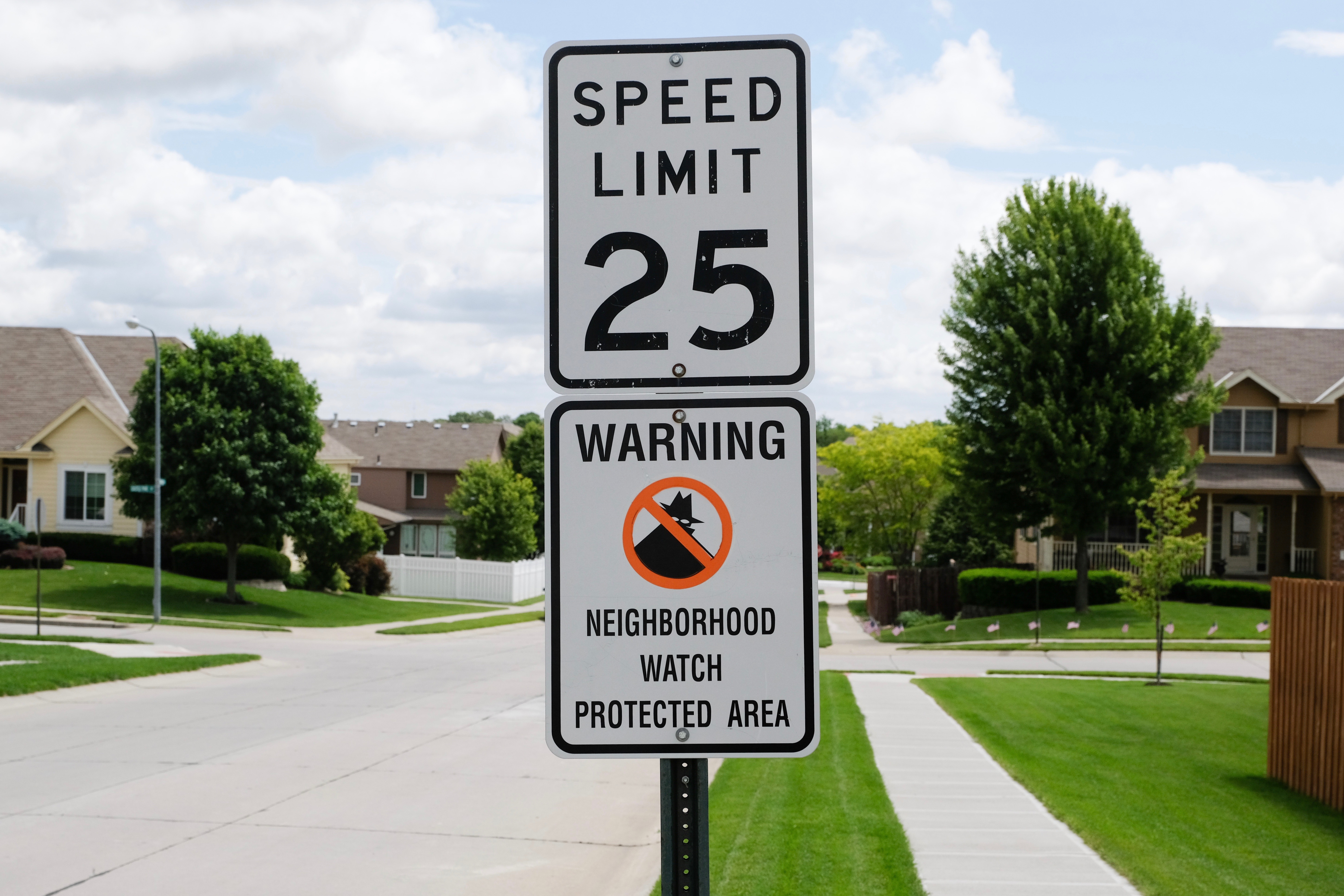10 Tips for Starting a Neighborhood Watch
Creating a neighborhood watch program is perhaps one of the best ways you can take an active role in protecting your community and your family. The U.S. Justice Department conducted a survey called "Does Neighborhood Watch Reduce Crime?" that found such programs significantly reduced the amount of crime within communities. A 16% reduction in crime was seen, one average, making these programs ideal. However, to be successful, the programs must be fundamentally sound and structured properly. These tips can help you establish an effective program.
 photo by Neighborhoods.com
photo by Neighborhoods.com
1. Define the broad goal of the program
Neighborhood watch programs are not meant to provide individuals with power, but to improve community awareness within a neighborhood. Establish basic rules for the organization with a focus on working with the police to report suspicious behavior.
2. Determine if a program exists
Contact the local police department to determine if a neighborhood watch already exists. Many programs were put in place during the 1970's and 1980's, though they may no longer be in place. Your police department can help you to re-establish those already in existence.
3. Educate the neighborhood
Many people may question the benefit of such programs. Create flyers or instructional material that outlines the benefits including:
- Crime reduction
- Improved community pride
- Improved quality of life
- Productive, positive relationships with local law enforcement
- Increased sense of safety
4. Promote door-to-door
To build your neighborhood watch effectively, you need as many people as possible to become involved. To do this, gather a group of interested people to go door-to-door throughout the community to discuss the opportunity and what the watch will achieve. This individual attention is critical.
5. Host a local meeting with a local law enforcement officer
Effective programs link with local police departments and many will encourage public meetings in which the neighborhood watch officer will meet with and discuss the program, how it works, and how individual citizens can be a part of it. Officers can also provide tips on spotting suspicious behavior and what to do if something occurs.
6. Conduct a safety audit of your home
Start with a safety audit of your home ensuring doors and windows have locks. Ensure there is ample light around the exterior of the home. Also, be sure that security systems, if available, are being used.
7. Discuss high-risk areas and neighborhood concerns
Alongside your neighborhood watch officer, discuss areas of concern, such as sidewalks without proper lighting. Though individuals should not take on tasks of policing these areas themselves, they should inform police officers of risks associated with various locations in the neighborhood.
8. Create a neighborhood alert system
The best way to do this today is with a group text string. It is the fastest way to get everyone in the community together if an event has occurred.
9. Create key goals for the area
Every member of the group can contribute to the goals of the neighborhood watch, including current problems or areas where potential concerns may arise. It's important that everyone have an equal voice.
10. Ultimately, you need to keep it positive
The biggest downfall of these groups is a lack of interaction or too much gossip. The goal is simply not to talk about neighbors, but to be aware of safety risks.


 photo by
photo by